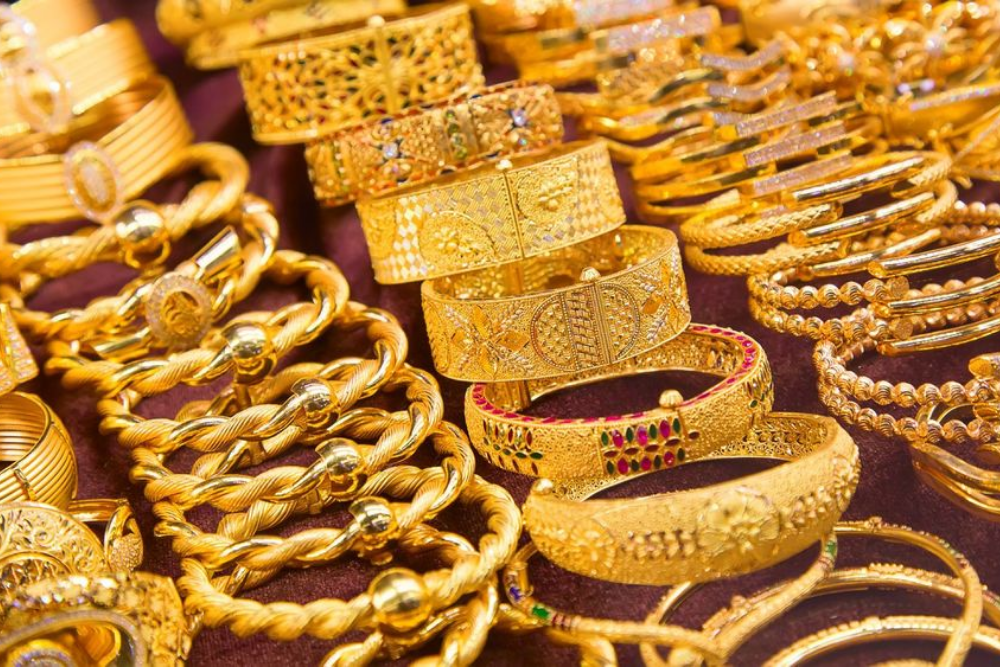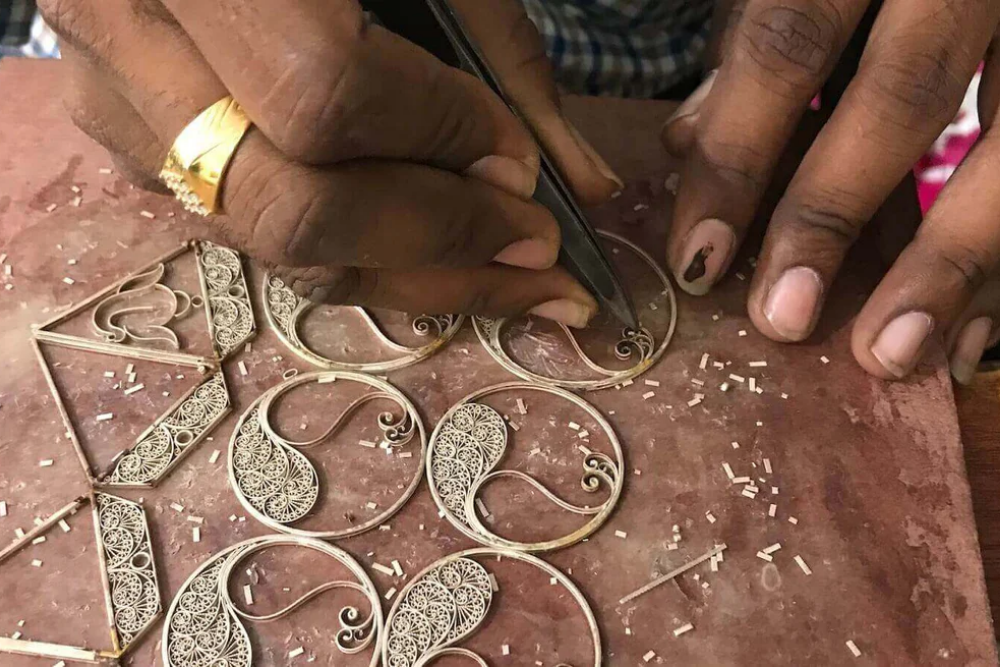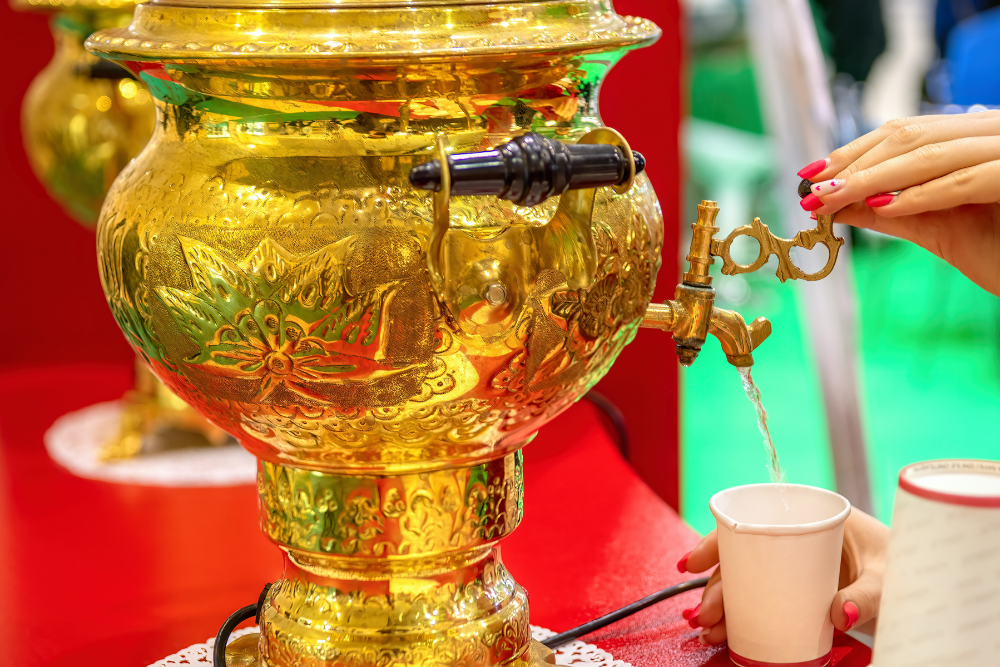Azerbaijan, a land of rich history and vibrant culture, has long been renowned for its mastery in gold and jewelry craftsmanship. Rooted in ancient traditions, Azerbaijani jewelry-making has evolved over centuries, reflecting the diverse influences of the region’s past. From intricate filigree work to elaborate gemstone settings, Azerbaijani goldsmiths have demonstrated exceptional skill and creativity, making their mark on the world of fine jewelry.
Ancient Origins and Cultural Influences
The history of Azerbaijani gold and jewelry craftsmanship dates back to ancient times. Archaeological discoveries have unearthed jewelry pieces from the Bronze and Iron Ages, showcasing the early artistic expressions of local artisans. These early pieces, often crafted from gold, silver, and bronze, featured motifs inspired by nature, mythology, and daily life.
With its location along the Silk Road, Azerbaijan became a melting pot of cultures and artistic influences. Persian, Turkish, Arabic, and European styles merged with local traditions, resulting in distinctive jewelry designs that continue to captivate collectors and enthusiasts today.
Traditional Techniques and Materials
Azerbaijani goldsmiths employ a variety of time-honored techniques to create their masterpieces. Among the most notable techniques are:
- Filigree Work: A delicate metalwork technique involving the twisting and soldering of thin wires to create lace-like designs.
- Granulation: The application of tiny gold or silver beads to the surface of jewelry pieces to create intricate patterns.
- Repoussé and Chasing: Methods used to shape and decorate metal surfaces through hammering and engraving.
- Enameling: The use of colored glass fused to metal surfaces to enhance jewelry designs with vibrant hues.
Gold, silver, and an array of precious and semi-precious gemstones—including turquoise, carnelian, and agate—are commonly used materials in Azerbaijani jewelry. Many of these stones are sourced from local mines, further connecting the craft to the land’s natural wealth.
Regional Jewelry Styles and Their Significance
Different regions of Azerbaijan have developed unique styles and motifs in their jewelry-making traditions:
- Sheki and Lahij: Known for intricate silverwork and engraved designs.
- Ganja and Nakhchivan: Famous for goldsmithing and ornate decorative patterns.
- Baku and Shirvan: Centers of both traditional and modern jewelry craftsmanship, blending historical motifs with contemporary aesthetics.
Jewelry in Azerbaijani culture is more than mere adornment—it carries deep symbolic meanings. Many pieces serve as talismans, believed to offer protection and bring good fortune. Bridal jewelry, for instance, often includes elaborate necklaces, earrings, and bracelets passed down through generations as family heirlooms.
Modern Innovations and Global Recognition
While Azerbaijani jewelry craftsmanship remains deeply rooted in tradition, contemporary artisans continue to innovate by incorporating modern techniques and designs. Jewelry brands and independent designers in Azerbaijan are gaining international recognition for their ability to merge heritage with contemporary aesthetics.
Government and cultural initiatives have also played a crucial role in preserving and promoting Azerbaijani goldsmithing. Exhibitions, workshops, and festivals celebrate the country’s rich jewelry-making heritage, ensuring that future generations continue to learn and refine these traditional skills.
Conclusion
The story of Azerbaijani gold and jewelry craftsmanship is a testament to the nation’s artistic excellence and cultural depth. From ancient relics to contemporary masterpieces, Azerbaijani jewelry remains a symbol of beauty, craftsmanship, and tradition. As artisans continue to honor their heritage while embracing new innovations, the future of Azerbaijani jewelry-making shines as brightly as the gold they so skillfully shape.












